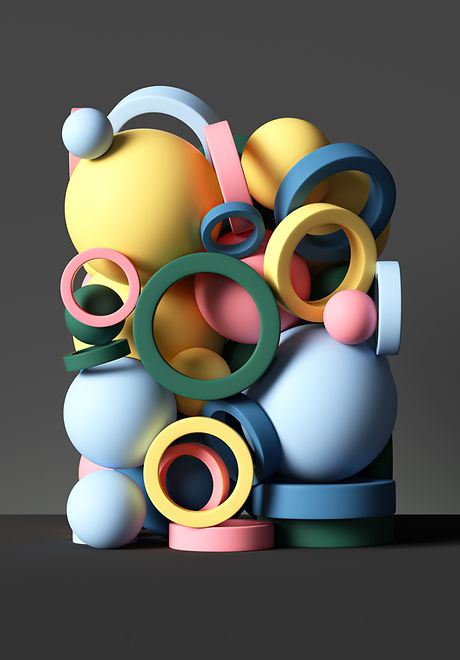LDTE 5200: PLAY, MAKE, LEARN!
Play Theory
"When we play, we ask: Who are we as persons, both individually and as members of the groups that shelter and care for us? What is the character of the many situations we inhabit and the distinctive challenges they present? What can we do to confront and respond to these challenges and, in the process, construct our possibilities for well-being? When we play—imagining, constructing, testing, refining, and tearing down as we do—we seek answers to these questions. However trivial these explorations may seem to nonplayers, their wider consequence is the expansion and intensification of our own capabilities. This commitment to human freedom—collective as well as individual—remains fundamental to play studies.(Play studies: A brief history (2020) by T.S. Henricks)


Pedagogy of Play
"The English psychoanalyst Winnicott (1971) proposed that being creative, and the creativity of everyday life, is the adult form of playing. Winnicott argued that by playing, the person is not afraid to operate in the intermediate area between subjective and objective world where for a moment they have no need to engage in the constantly difficult negotiation with the external world that is our day-to-day experience" (Pedagogy of Play (2021) by Leather, Harber, & Obee).
Constructionism
Constructionism focuses on the construction of meaningful objects or products and on the knowledge in one's own mind.
It posits that culture plays a significant role in how we see and shape things, and so it views meaning as collectively generated and transmitted.
It believes that humans construct new knowledge from past experiences and preexisting knowledge.
It highlights ways of learning
Constructivism
Constructivism focuses on the activity of making meaning in one's own mind, the knowledge one creates through experience and interaction, both individually and socially.
It posits that developing minds create new systems of understanding for themselves and construct their own understanding through experience and reflection.
It believes that humans learn through interaction with their environment and the contexts they navigate.
It highlights individual interests and abilities
Surface Learning
Remembering & Understanding
Students process relative content and understand contexts
Involves active learning, collaboration, and metacognition
Deep Learning
Applying & Analyzing
Students question content, make connections with prior knowledge, and articulate nuanced perspectives
Involves active learning, collaboration, and metacognition
Deeper Learning
Evaluating & Creating
Students create solutions, evaluate designs, and apply learning to other contexts
Involves active learning, collaboration, and metacognition
Surface Learning
Some
(Collaborative) Strategies
-
Annotating, notetaking, mindmapping, and listing
-
Creating a visual representation of content, process, or sequence of events
-
Write a summary or outline main points
-
Reflect on points of understanding and confusion
Deep Learning
Some (Collaborative) Strategies
-
Reflect/dialogue with annotations/notes to question and connect to prior knowledge
-
Construct a model, presentation, collage, or portfolio
-
Compare and contrast texts, concepts, contexts
-
Categorize elements
-
Analyze texts and other media
Deeper Learning
Some (Collaborative) Strategies
-
Evaluate sources or the design of a product
-
Evaluate your own or peer's work
-
Design a questionnaire to evaluate a product, design, or process
-
Create a product, process, or other artifact
-
Reflect on process of creation and learning